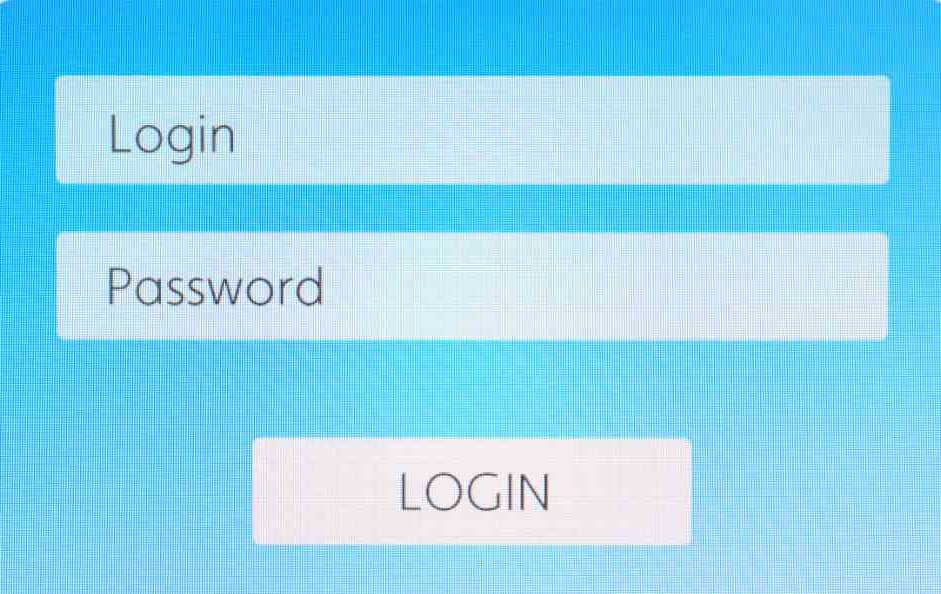What is a Network Security Key for WiFi?
A network security key, also known as a wireless password or WiFi password, is a unique sequence of characters used to authenticate and secure wireless network. This password protects your WiFi network from unauthorized users accessing it without your permission.
Why Network Security Keys are Important for WiFi
There are a few key reasons why having a strong wireless network security key is crucial:
- It prevents others nearby from being able to connect to your WiFi and use your internet connection without approval. This protects your wireless network from unauthorized access.
- It encrypts the data transmitted over your wireless network. This encryption keeps your web browsing activity and information secure from potential snooping.
- The network security key is unique to each wireless router. When you enter the correct key, it allows devices to establish a secure connection to that specific wireless network.
Where to Find Your Wireless Network Security Key
The network security key for your particular WiFi network can be found in a few common places:
- It may be printed on a sticker on your wireless router labeled as the WPA key, WPA2 passphrase, or wireless password. Always look for a long string of random characters.
- Log into your wireless router’s admin interface and navigate to the wireless settings to find your WiFi network name (SSID) and security key.
- When connecting a wireless device to your network for the first time, the key is usually displayed right next to the network name that you select.
How to Change Your WiFi Network Security Key
If you want to change your existing wireless password for any reason, here are the steps:
1. Log into your wireless router’s admin page, usually by typing the IP address into a browser. Navigate to the wireless settings.

2. Here you can edit your network name and generate a new security key. Make sure to use a random combination of uppercase and lowercase letters, numbers, and symbols.
3. Update the new password on any devices that are connected to your WiFi by having them forget the old network and enter the new key.
Tips for Creating a Strong and Secure Key
When generating a new wireless security key, keep these tips in mind:
1. Longer passwords are much harder to crack – aim for at least 8 characters but consider 12 or more.
2. Mix uppercase and lowercase letters along with numbers and symbols like @#$ to increase complexity.
3. Avoid using dictionary words, personal information, or easy to guess passwords.
4. Don’t worry about remembering it – store it in your router admin and on connected devices.
What to do if you’ve forgotten your WiFi password
Forgotten passwords happen, so here are some recovery options:
a) If you can access your router admin page, you can temporarily change the password to something memorable, then change it back after connecting devices.
b) Performing a hard reset on your router will restore factory default settings including the default password. You’ll lose all custom config though.
c) For ISP-provided routers, you may need to contact your Internet provider for assistance recovering or resetting your wireless password.
d) Having a strong, unique network security key is one of the easiest ways to secure your WiFi network from unauthorized access and keep your wireless data safe. While it adds a minor inconvenience when connecting devices, taking the time to set a proper wireless password protects your connection.
FAQs about network security key
1. How can I find my current Network Security Key?
On a Computer: If you’re already connected to the WiFi, you can usually find the key in your network settings or WiFi properties.
On a Router: Check the bottom or back of your WiFi router; often, the default Network Security Key is printed on a label.
2. Can I change my Network Security Key?
Yes, for enhanced security, it’s advisable to change your Network Security Key periodically. This can be done through your router’s administrative interface.
3. What should I consider when creating a new Network Security Key?
When creating a new key, consider the following:
Use a mix of upper and lowercase letters, numbers, and special characters.
Make it long enough to be secure but memorable enough for you to remember or store securely.
4. Can I recover a forgotten Network Security Key?
If you’ve forgotten your Network Security Key, you’ll need to access your router’s administrative interface to retrieve or reset it. Alternatively, you can set a new key following the steps mentioned earlier.
5. Is it safe to share my Network Security Key with guests?
While it’s common to share WiFi passwords with guests, ensure you trust the individuals you’re sharing it with. If you frequently have guests, consider setting up a separate guest network with limited access to your primary network resources.
6. What other security measures should I consider for my WiFi network?
Apart from a strong Network Security Key, consider the following:
- Enable WPA3 encryption if your router supports it.
- Disable WPS (WiFi Protected Setup) as it can be vulnerable.
- Regularly update your router’s firmware.
- Monitor connected devices and regularly review network logs for suspicious activity.
7. How often should I update my Network Security Key?
While there’s no strict rule, consider updating your Network Security Key every few months or after a significant event (like having guests over for an extended period). Regularly changing your key can enhance the security of your WiFi network.





